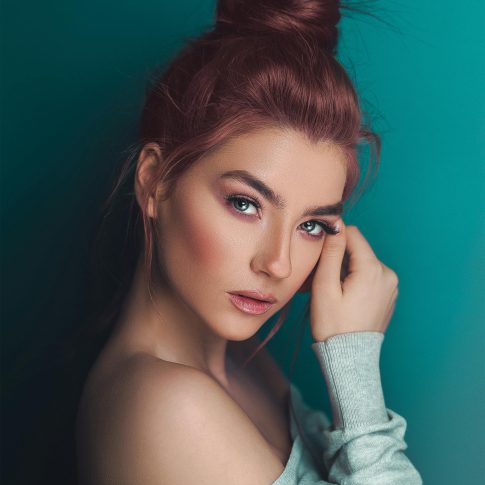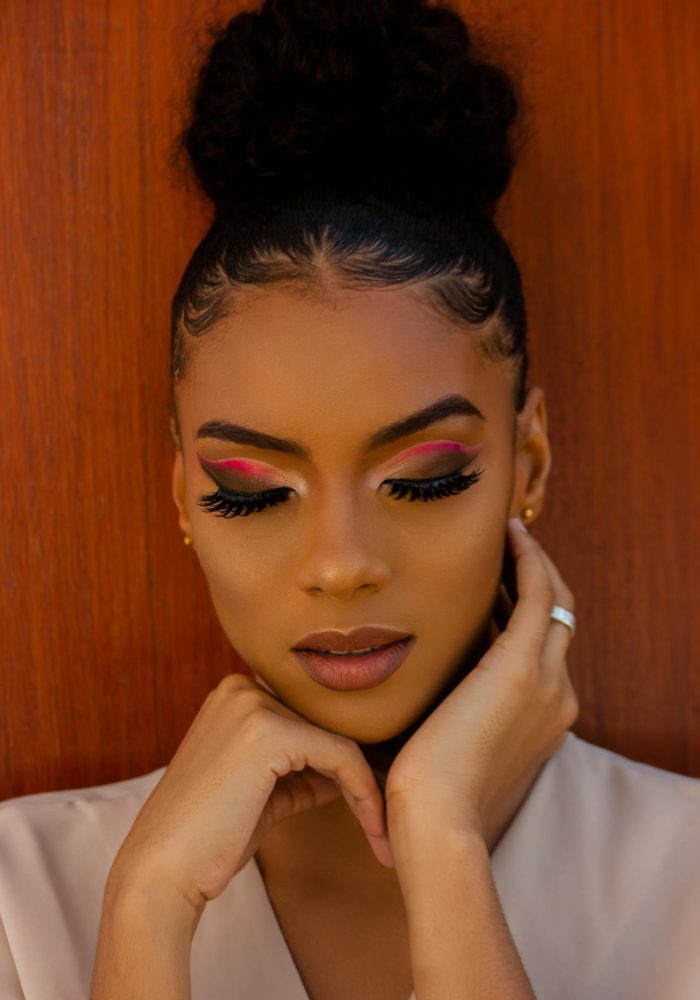Visagism: The Art and Science of Enhancing Your Unique Beauty

In a world where first impressions matter, understanding the science behind beauty has never been more relevant. Visagism and Self Image work together in remarkable ways, creating a powerful synergy that can completely transform how you see yourself and how others perceive you. The Science Behind Beauty: How Visagism Can Transform Your Self-Image isn’t just about applying makeup or getting a new haircut—it’s about understanding the mathematical and artistic principles that define visual harmony and applying them to enhance your natural features.
The concept of visagism isn’t new, but its systematic application has revolutionized how beauty professionals approach their craft. By analyzing facial geometry, personality traits, and aesthetic preferences, visagism offers a personalized approach to beauty that goes far beyond generic advice. This article explores how this fascinating intersection of art and science can help you discover your most authentic and confident self.
Understanding Visagism: The Artistic Science of Face Reading
Makeup Colors| AI-generated video by Mércya Carvalho
Visagism is derived from the French word “visage,” meaning face, and represents a sophisticated approach to personal image creation. Unlike conventional beauty advice, Visagism and Self Image integration considers the totality of a person—their physical features, personality, lifestyle, and emotional makeup. This holistic approach makes visagism particularly powerful in transforming self-image.
The foundations of visagism are rooted in classical art principles, geometry, and psychology. Artists like Leonardo da Vinci and architects like Le Corbusier studied facial proportions extensively, developing theories about the “divine proportion” or golden ratio (approximately 1:1.618) that appears in nature and creates pleasing aesthetics. Visagists apply these mathematical concepts to create harmonious looks that complement a person’s unique features.
When applied correctly, visagism doesn’t try to make everyone conform to a single beauty standard. Instead, it works with your natural attributes, enhancing what makes you uniquely you. This personalized approach explains why The Science Behind Beauty: How Visagism Can Transform Your Self-Image has gained such traction among those seeking authentic beauty solutions rather than cookie-cutter advice.
In the visagist’s toolkit, four primary geometric shapes form the basis of analysis: circle, square, triangle, and rectangle. Each shape corresponds to different personality traits and aesthetic considerations, allowing for tailored recommendations that align with both your physical features and personal essence.
The Four Geometric Principles of Visagism and Their Psychological Impact

The cornerstone of Visagism and Self Image transformation lies in understanding four fundamental geometric shapes and their psychological associations. These shapes aren’t just visual tools—they carry deep emotional significance that affects how we perceive ourselves and others.
The Circle: Softness and Harmony
Round or oval faces with soft features are associated with gentleness, nurturing tendencies, and harmony.
People with circular facial geometry often exude warmth and approachability. In visagism, circular elements can be emphasized to create a sense of openness and friendliness, or deemphasized when wanting to project more authority.
The emotional impact of circular elements in your appearance shouldn’t be underestimated. Rounded lines communicate comfort and accessibility—qualities that might serve you well in careers requiring emotional intelligence and interpersonal skills. The Science Behind Beauty: How Visagism Can Transform Your Self-Image shows how consciously incorporating or minimizing circular elements can significantly alter how others respond to you.
The Square: Strength and Reliability
Square facial structures with pronounced jawlines and even proportions suggest strength, reliability, and discipline. This geometry conveys stability and trustworthiness—valuable traits in many professional contexts. Square elements can be emphasized through hairstyling, makeup techniques, and accessory choices when wanting to project confidence and decisiveness.
The psychological weight of square elements makes them particularly useful when you need to establish authority or demonstrate competence. By understanding how square geometries influence perception, you gain a powerful tool for shaping your professional image.
The Triangle: Creativity and Intensity
Triangular facial shapes, characterized by a narrower jawline and broader forehead (or vice versa), suggest creativity, intensity, and analytical thinking. This geometry is associated with intellectual pursuits and artistic endeavors. Triangular elements can emphasize your innovative nature or problem-solving abilities.
The dynamic energy of triangular elements makes them valuable for people in creative fields or leadership positions requiring vision and direction. Visagism and Self Image principles teach us how to balance triangular elements with other geometries to create a well-rounded visual presence.
The Rectangle: Balance and Rationality
Rectangular facial structures suggest balance, rationality, and proportion. This geometry conveys stability with a touch of sophistication and suits analytical professions and formal contexts. Rectangular elements communicate logic and measured thinking—qualities valued in fields requiring precision and attention to detail.
By understanding these four geometric principles and their psychological impacts, you gain powerful insights into how your facial structure influences perceptions. The Science Behind Beauty: How Visagism Can Transform Your Self-Image isn’t about changing your fundamental structure but working with it intelligently to communicate your authentic self more effectively.
Facial Analysis: The Foundation of Visagism Transformation
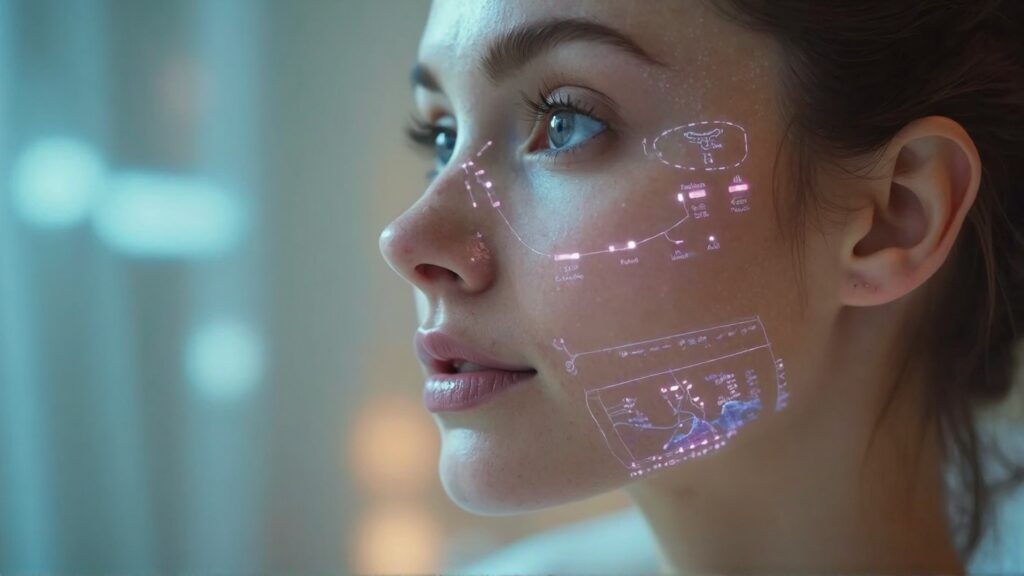
Before applying any visagism techniques, a thorough facial analysis is essential. This process goes far beyond simply identifying face shape—it examines proportions, angles, symmetry, and distinctive features that make your face uniquely yours. This detailed assessment forms the foundation upon which all visagism recommendations are built.
When conducting a facial analysis, visagism experts consider:
- Facial thirds (forehead to eyebrows, eyebrows to base of nose, base of nose to chin)
- Golden ratio applications to facial features
- Eye shape, size, and positioning
- Nose structure and proportion
- Lip fullness and shape
- Cheekbone prominence
- Jawline definition
- Overall facial symmetry
- Distinguishing characteristics
The Facial Geometry and Beauty | AI-generated video by Mércya Carvalho
These measurements aren’t about finding flaws but identifying your facial geometry’s strengths and distinctive qualities. How Visagism Can Transform Your Self-Image emphasizes working with your natural features rather than against them. This respectful approach explains why visagism results feel authentic rather than artificial.
After analysis, a visagism expert can create a personalized “facial map” that guides all beauty decisions—from haircuts and color to makeup application and even wardrobe choices. This systematic approach ensures that all elements work together harmoniously to enhance your natural beauty while expressing your personality.
The transformation begins with understanding that your face is not merely a collection of features but a complex system of interrelated proportions. Visagism and Self Image principles teach us that small adjustments to these proportions can have dramatic effects on overall appearance and self-perception.
Hairstyling Through Visagism: Beyond the Cookie-Cutter Approach
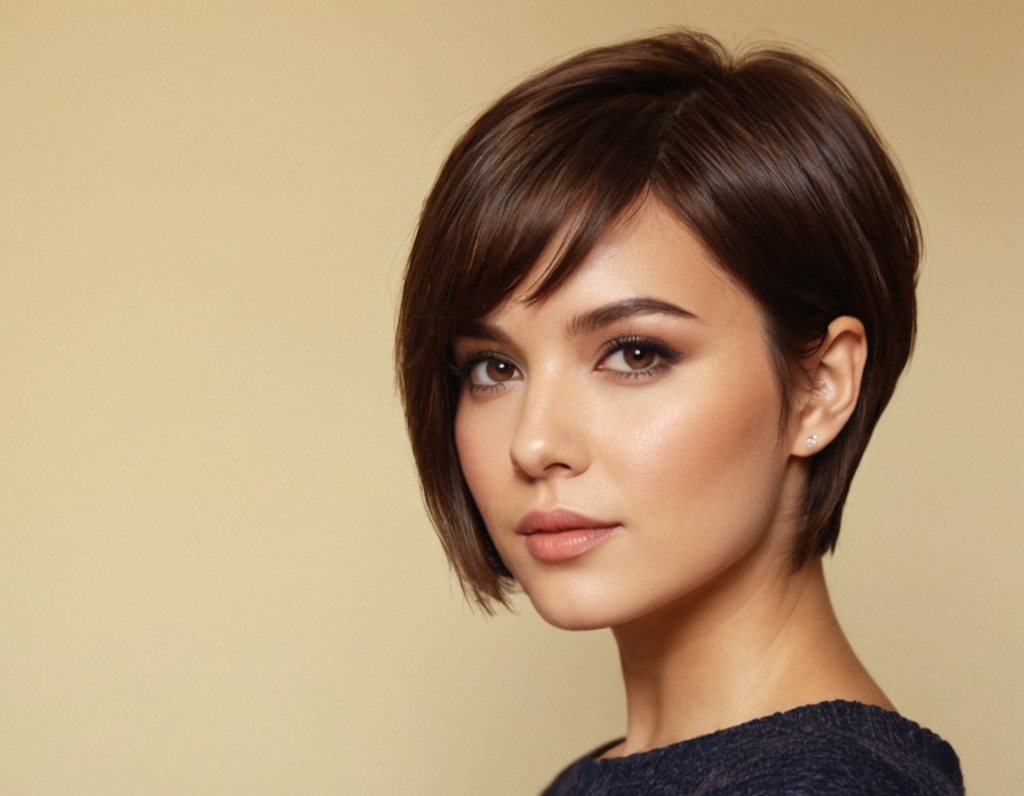
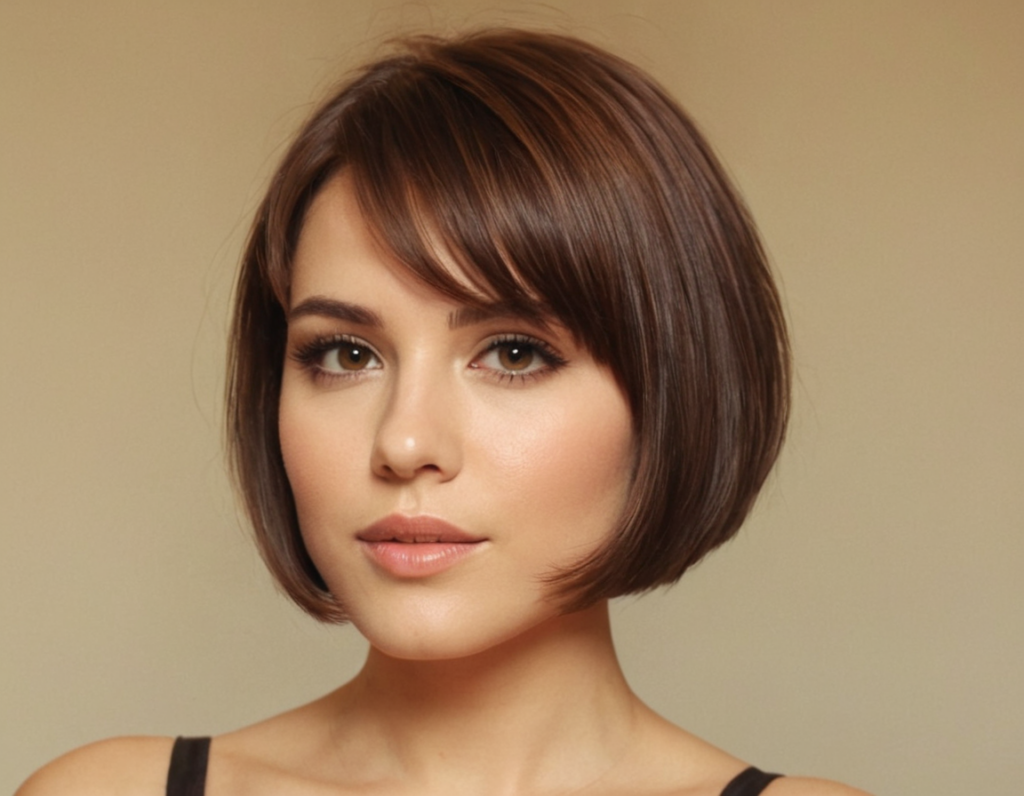

Perhaps nowhere is the impact of visagism more immediately noticeable than in hairstyling. Traditional approaches to hair often rely on generic recommendations based solely on face shape. Visagism takes hair transformation to an entirely new level by considering not just shape but personality, lifestyle, and expression.
The Science Behind Beauty: How Visagism Can Transform Your Self-Image demonstrates that the right haircut doesn’t just frame your face—it expresses your essence. Hair length, layering, volume, and even parting can dramatically alter facial proportions, emphasizing or deemphasizing certain features to create visual harmony.
When applying visagism principles to hair, several factors come into play:
- Cut: Strategic cutting can create illusions of width, length, or balance where needed. For example, layers can add volume to counterbalance a strong jawline, while straight lines might add definition to softer features.
- Color: Hair color isn’t just about fashion or covering gray—it’s a powerful tool for creating depth, dimension, and focal points. Visagism considers skin undertones, eye color, and desired energy when recommending color strategies.
- Texture: The decision between smooth, wavy, or curly styles significantly impacts facial perception. Texture creates movement and energy that can complement or contrast with your facial geometry and personality.
- Volume: Strategic volume placement can rebalance facial proportions, creating the illusion of perfect symmetry even when it doesn’t naturally exist.
The transformative power of hair in Visagism and Self Image work cannot be overstated. The right hairstyle can literally change how you see yourself each morning, boosting confidence and authenticity. Many people report significant improvements in self-perception after a visagism-informed hair transformation—often saying they finally feel “like themselves.”
Makeup Through the Lens of Visagism: Personalized Beauty Enhancement
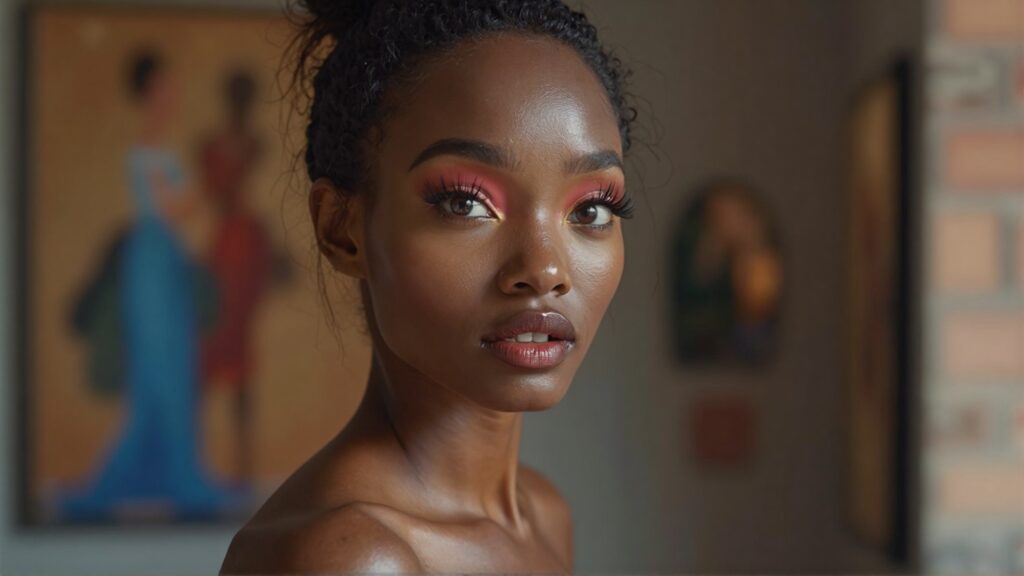
Makeup application guided by visagism principles transcends trends and generic tutorials. The Science Behind Beauty: How Visagism Can Transform Your Self-Image reveals how makeup can be used as a precision tool to enhance your natural geometry while expressing your unique personality.
Unlike conventional makeup advice that might apply the same techniques to everyone, visagism-informed makeup considers your specific facial structure, proportions, coloring, and the impression you wish to create. This personalized approach explains why the same makeup technique can look stunning on one person but unflattering on another.
Key elements of visagism-informed makeup include:
- Contouring and Highlighting: Beyond the one-size-fits-all approach, strategic placement of light and shadow can subtly reshape facial geometry, enhancing your natural bone structure while maintaining authenticity.
- Eyebrow Shaping: Eyebrows frame the eyes and significantly impact overall facial expression. Visagism principles guide eyebrow shape, thickness, and arch based on your unique facial proportions and desired expression.
- Eye Makeup: Eye shape, position, and depth guide all decisions about shadow placement, liner techniques, and mascara application. Visagism teaches that eye makeup should enhance your natural gaze rather than disguising it.
- Lip Color and Definition: Lip shape, fullness, and proportion to other facial features determine the most flattering color choices and application techniques. The goal is balance and harmony, not conformity to trends.
- Color Theory: Beyond simply matching colors to skin tone, visagism considers how different hues create psychological effects and convey different energies. This science explains why certain colors make you feel confident while others feel uncomfortable.
When Visagism and Self Image principles guide makeup application, the results feel unexpectedly natural—enhancing rather than masking. Many people report feeling “seen” rather than “made up” when their makeup follows visagism guidelines. This authentic enhancement explains the growing popularity of visagism among those seeking genuine beauty solutions.
Dressing with Visagism: Extending Facial Harmony to Your Wardrobe
While most discussions of visagism focus on the face, its principles extend naturally to clothing and accessory choices. The Science Behind Beauty: How Visagism Can Transform Your Self-Image demonstrates how neck lines, jewelry, patterns, and textures can either complement or contradict your facial geometry.
Visagism-informed wardrobe choices consider:
Necklines: Different necklines create visual continuations of your facial shape. V-necks can elongate and add angularity, while round necklines echo circular facial elements. Choosing necklines that complement your facial geometry creates coherence in your overall appearance.
Scale: The size of accessories, prints, and details should correspond to your facial features. Delicate features harmonize with smaller scales, while stronger features can balance bolder elements.
Lines and Shapes: The dominant lines in your clothing (angular, curved, horizontal, vertical) should reflect or strategically contrast with your facial geometry. This principle explains why certain styles instinctively feel “right” while others feel disconnected from your identity.
Textures: Like facial features, textures convey personality and energy. Smooth, rough, flowing, or structured textures should align with your facial characteristics and the impression you wish to create.
Visagism and Self Image work extends to your entire visual presentation, creating a cohesive personal brand that feels authentic and aligned. When all elements—from hair and makeup to clothing and accessories—speak the same visual language, the result is a powerful sense of integrity and confidence.
People who align their wardrobe choices with visagism principles often report feeling more “put together” and authentic, even when wearing simple outfits. This coherence stems from visual harmony rather than trend-following or complexity
The Psychological Impact: How Visagism Changes Self-Perception

Perhaps the most fascinating aspect of The Science Behind Beauty: How Visagism Can Transform Your Self-Image is the profound psychological impact these visual adjustments can have. Research in the field of embodied cognition suggests that our physical appearance affects not just how others see us but how we experience ourselves.
When your external appearance aligns with your internal self-concept, several psychological benefits emerge:
- Increased confidence from feeling visually “congruent”
- Reduced appearance anxiety and self-consciousness
- Greater comfort in social and professional interactions
- Enhanced ability to express your authentic personality
- More positive self-talk and internal dialogue about appearance
Many people describe their visagism transformation as a “coming home” to themselves. This sense of recognition occurs because visagism doesn’t impose external standards but rather works with your natural attributes and personality. Visagism and Self Image integration creates a virtuous cycle: as you feel more authentic, you project more confidence, which further reinforces your positive self-image.
The psychological benefits extend beyond mere appearance satisfaction. When you feel visually aligned with your true self, you’re more likely to speak up, pursue opportunities, and engage fully in life. This expanded sense of possibility represents perhaps the most valuable aspect of visagism’s transformative power.
This psychological shift explains why visagism is increasingly recommended not just for aesthetic reasons but as part of holistic approaches to confidence building, career development, and even therapeutic interventions for body image issues.
Visagism in Practice: Creating Your Personal Beauty Blueprint

Translating Visagism and Self Image principles into practical daily routines requires a systematic approach. Creating your personal beauty blueprint begins with honest self-assessment and builds toward a cohesive beauty strategy that feels authentically yours.
Steps to develop your visagism blueprint include:
- Facial analysis: Document your facial proportions, distinctive features, and geometric tendencies. Take photos from different angles in neutral lighting with hair pulled back.
- Personality assessment: Reflect on your temperament, energy level, communication style, and how you wish to be perceived. Consider both professional and personal contexts.
- Lifestyle evaluation: Honestly assess how much time and effort you’re willing to invest in daily beauty routines. The most beautiful plan means nothing if it’s impractical for your life.
- Consultation with professionals: Work with hairstylists, makeup artists, or image consultants who understand visagism principles. Share your analysis and listen to their expert recommendations.
- Experimentation: Try recommendations in real-world settings, noting both your feelings and others’ responses. The right choices should feel comfortable and authentic, not forced or theatrical.
- Refinement: Adjust your blueprint based on experience, gradually creating a personalized approach that works consistently for you.
Visagism: The Art and Science of Enhancing Your Unique Beauty emphasizes that this blueprint should evolve as you do. Your visagism journey isn’t about finding a single “perfect look” but developing visual literacy about yourself that serves you in different contexts and life phases.
Many people find that creating a visagism-informed beauty routine simplifies rather than complicates their daily preparation. When working with your natural features rather than against them, beauty becomes more efficient and consistently successful.
Visagism in the Digital Age: Social Media and Self-Image
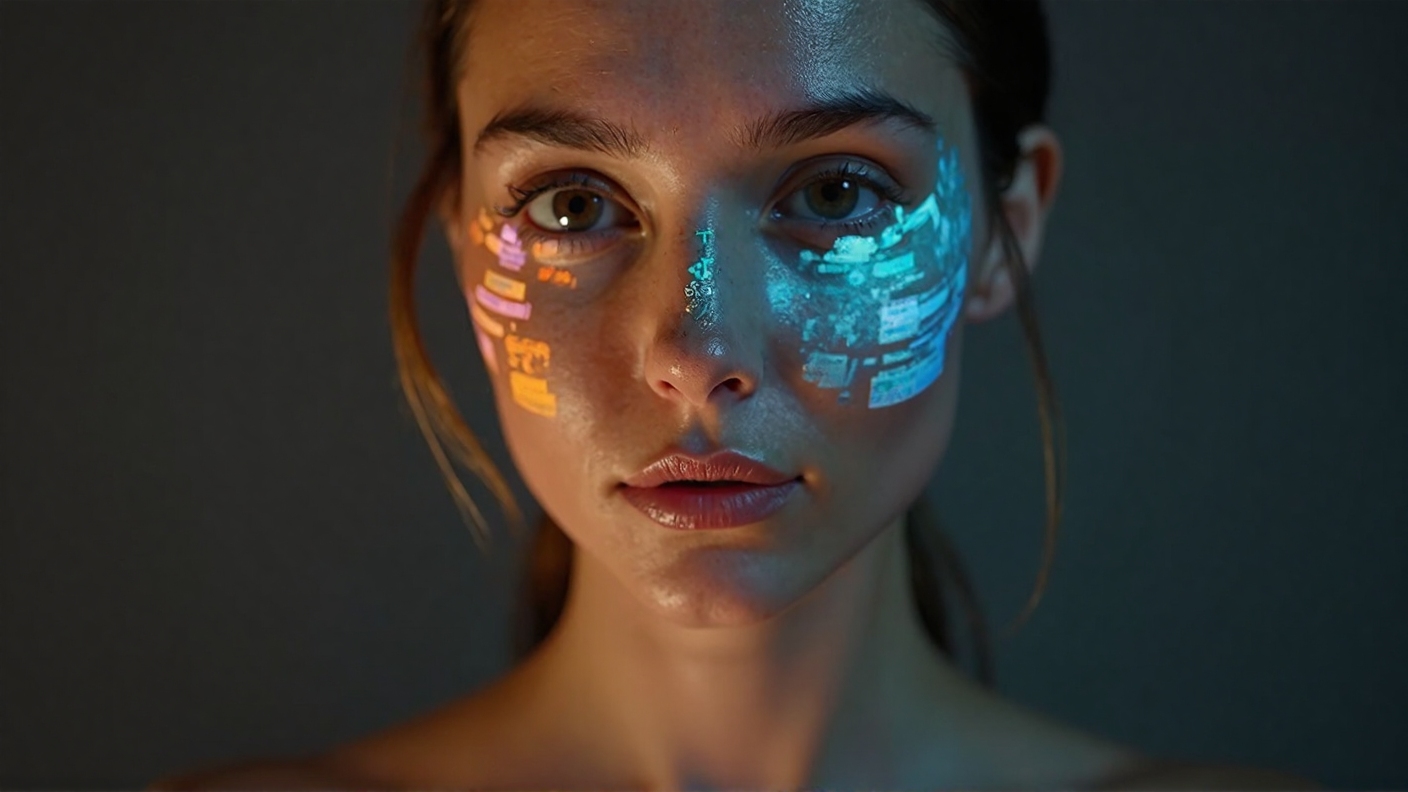
The relationship between Visagism and Self Image has taken on new dimensions in our digital world. Social media platforms, video calls, and digital photography have made us more aware of our appearance than ever before—sometimes with negative consequences for self-esteem.
The Science Behind Beauty: How Visagism Can Transform Your Self-Image offers valuable tools for navigating this visual-heavy landscape:
- Understanding that camera angles, lighting, and digital filters can distort facial proportions, creating unrealistic expectations
- Recognizing that many “influencer” looks aren’t visagism-informed but trend-driven, explaining why they often don’t translate well to everyday life
- Learning to distinguish between genuine visagism principles and algorithm-driven beauty trends that change rapidly
- Developing visual literacy that allows you to appreciate diverse beauty expressions while maintaining confidence in your own unique approach
Visagism provides a stable framework for self-image in a world where beauty standards fluctuate wildly. By understanding the timeless principles of facial harmony and personal expression, you gain immunity to the insecurity that rapid trend cycles can create.
Some visagism practitioners now specialize in digital presentation—helping clients optimize their appearance for video calls, profile photos, and other digital contexts. These applications demonstrate how Visagism and Self Image principles remain relevant even as technology transforms how we present ourselves.
Beyond Beauty: Visagism as Self-Expression and Empowerment
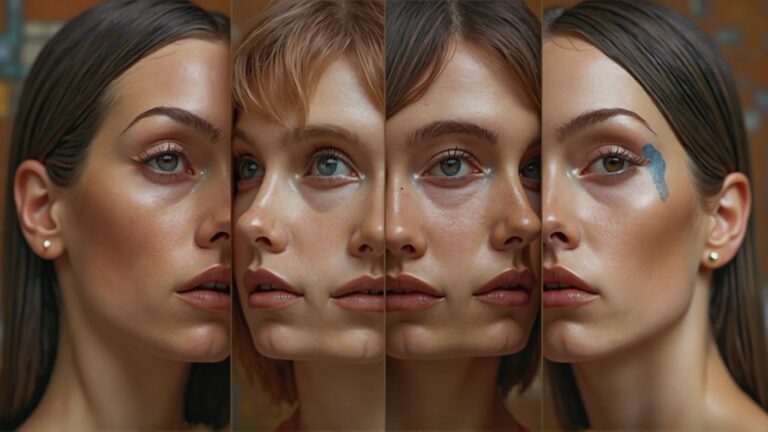
At its highest level, The Science Behind Beauty: How Visagism Can Transform Your Self-Image transcends conventional beauty concerns and becomes a form of visual storytelling and personal empowerment. When you understand the visual language of face and form, you gain the ability to consciously shape the narrative others receive about you.
This conscious visual communication represents a form of authentic power:
- You can strategically emphasize different aspects of your personality in different contexts without feeling inauthentic
- You gain control over first impressions rather than leaving them to chance or bias
- You can visually telegraph your values, approach, and energy before speaking a word
- You develop resilience against others’ judgments by understanding the visual principles behind them
Visagism and Self Image work ultimately teaches that beauty isn’t about conforming to external standards but about visual coherence and authentic expression. This perspective transforms beauty from a source of insecurity into a form of empowerment and self-knowledge.
Many who embrace visagism report a fundamental shift in their relationship with appearance—moving from anxiety and comparison to curiosity and appreciation. This transformative perspective represents perhaps the most valuable aspect of visagism’s contribution to self-image.
FAQ: Common Questions About Visagism and Self-Image
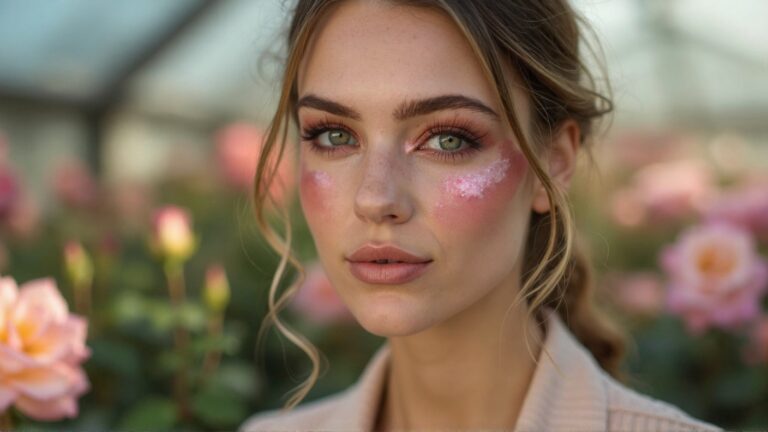
What’s the difference between visagism and regular beauty advice? Visagism is a systematic approach based on geometric principles, psychology, and individual analysis. Unlike generic beauty advice that might recommend the same techniques for everyone with a particular face shape, visagism creates completely personalized recommendations based on your unique combination of features, personality, and lifestyle.
Do I need professional help to apply visagism principles? While professional guidance can be extremely valuable, especially for initial analysis, many visagism principles can be self-applied with study and practice. Start with basic facial measurement and geometric analysis, then gradually incorporate visagism thinking into your beauty decisions.
Is visagism only for women? Absolutely not! The Science Behind Beauty: How Visagism Can Transform Your Self-Image applies to people of all genders. Men can benefit enormously from visagism principles in hairstyling, grooming, and wardrobe choices. The fundamental principles of facial harmony and visual communication are universal.
Does visagism require wearing a lot of makeup? No. Visagism can inform minimal makeup application, no-makeup approaches, or more elaborate styles. The principles apply regardless of how much or little makeup you choose to wear. Many people find that visagism actually reduces their reliance on makeup by helping them make more strategic choices.
Can visagism help with specific concerns like aging or asymmetry? Yes. Visagism principles are particularly valuable for addressing specific concerns because they offer targeted strategies rather than generic solutions. For example, visagism can guide you to haircuts that naturally lift features without surgery, or makeup techniques that create balance without heavy application.
How has visagism transformed your self-image? Have you worked with visagism principles before? What aspects of this approach seem most valuable for your unique features and personality? Share your experiences and questions in the comments!
The Power of Colors: How to Use Visagism to Find Your Best Makeup and Fashion Shades
Have you ever wondered why some colors make you look vibrant and healthy, while others leave you looking washed out or tired? The answer lies in the art and science of visagism. Understanding Visagism and Makeup is like discovering a personalized color map for your face and wardrobe—it’s about harmonizing colors with your natural features to enhance your unique beauty. This fascinating approach goes beyond simple color matching; it’s a holistic understanding of how colors interact with your skin tone, hair color, eye color, and even your facial structure.
In this comprehensive guide, we’ll explore how Visagism and Makeup principles can revolutionize your beauty routine and fashion choices. From identifying your color season to applying these concepts to your everyday makeup and wardrobe selections, you’ll learn how to harness the power of color theory to look and feel your best. Let’s dive into this colorful journey of self-discovery and transformation.
Stay Inspired – Join Our Inner Circle!
Subscribe to our newsletter for exclusive tips, soulful stories, product finds, and early access to new blog posts + freebies!

